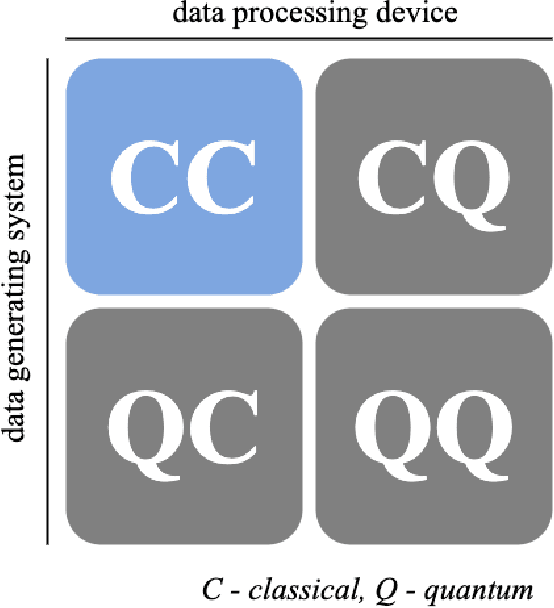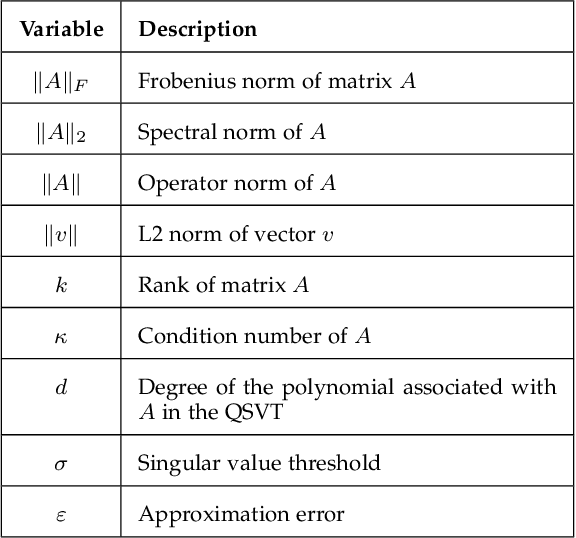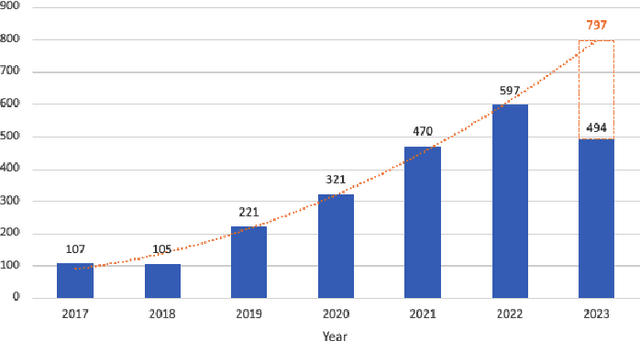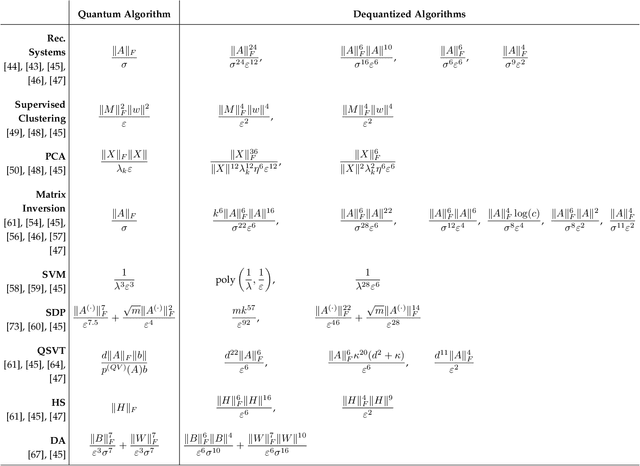Larry Huynh
Expectations Versus Reality: Evaluating Intrusion Detection Systems in Practice
Mar 28, 2024Abstract:Our paper provides empirical comparisons between recent IDSs to provide an objective comparison between them to help users choose the most appropriate solution based on their requirements. Our results show that no one solution is the best, but is dependent on external variables such as the types of attacks, complexity, and network environment in the dataset. For example, BoT_IoT and Stratosphere IoT datasets both capture IoT-related attacks, but the deep neural network performed the best when tested using the BoT_IoT dataset while HELAD performed the best when tested using the Stratosphere IoT dataset. So although we found that a deep neural network solution had the highest average F1 scores on tested datasets, it is not always the best-performing one. We further discuss difficulties in using IDS from literature and project repositories, which complicated drawing definitive conclusions regarding IDS selection.
Quantum-Inspired Machine Learning: a Survey
Sep 08, 2023



Abstract:Quantum-inspired Machine Learning (QiML) is a burgeoning field, receiving global attention from researchers for its potential to leverage principles of quantum mechanics within classical computational frameworks. However, current review literature often presents a superficial exploration of QiML, focusing instead on the broader Quantum Machine Learning (QML) field. In response to this gap, this survey provides an integrated and comprehensive examination of QiML, exploring QiML's diverse research domains including tensor network simulations, dequantized algorithms, and others, showcasing recent advancements, practical applications, and illuminating potential future research avenues. Further, a concrete definition of QiML is established by analyzing various prior interpretations of the term and their inherent ambiguities. As QiML continues to evolve, we anticipate a wealth of future developments drawing from quantum mechanics, quantum computing, and classical machine learning, enriching the field further. This survey serves as a guide for researchers and practitioners alike, providing a holistic understanding of QiML's current landscape and future directions.
 Add to Chrome
Add to Chrome Add to Firefox
Add to Firefox Add to Edge
Add to Edge